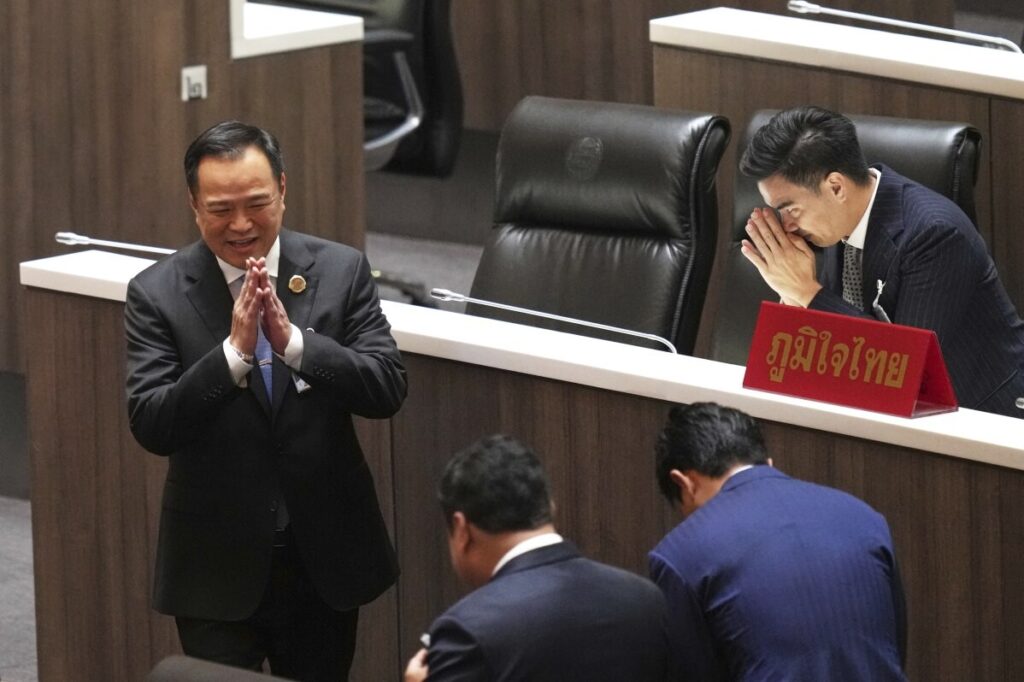Cambodia’s New Airport: A $2 Billion Gamble with Geopolitical Risks for America
Cambodia’s lavish new airport, funded by Chinese firms and built amidst regional instability, highlights growing geopolitical challenges that America must monitor as it threatens Southeast Asia’s stability and U.S. interests.

As Cambodia unveils its new $2 billion Techo International Airport near Phnom Penh, the project symbolizes more than just ambition to boost tourism—it exposes the dangerous drift toward Chinese influence in a strategically vital region. While touted as a modern upgrade from the aging Phnom Penh International Airport, this sprawling facility underscores how Southeast Asia is becoming an arena of geopolitical contestation with direct implications for American national security.
When Economic Development Masks Strategic Entrapment
The airport’s impressive capacity—initially serving 13 million passengers with plans to grow to 50 million by 2050—appears at face value to support Cambodia’s economic aspirations. Yet the reality behind this venture is far more troubling for the United States and its allies. Designed by Britain’s Foster + Partners but constructed by China Construction Third Engineering Bureau Group Co. Ltd., the airport stands as an emblem of Beijing’s growing footprint under the guise of infrastructure investment.
This “joint venture” between Cambodia’s government and a China-backed Overseas Cambodian Investment Corp not only deepens Cambodia’s dependence on Beijing but also potentially offers China strategic leverage over critical transport hubs near key maritime routes. How long before such facilities become assets in a broader campaign to undermine American influence in the Indo-Pacific?
Border Clashes Reinforce Regional Instability—and What It Means for U.S. Security
The timing could not be worse. Just weeks before the grand opening, violent clashes along the Cambodian-Thai border resulted in dozens of deaths, revealing simmering tensions that threaten to destabilize this crucial part of Southeast Asia further. For hardworking Americans concerned about security and immigration pressures close to home, these flashpoints across the Pacific are far from irrelevant.
Unstable neighbors with porous borders breed uncertainty that can ripple into global markets and embolden adversaries like China and Russia who seek to exploit divisions. As Cambodia increasingly orients toward Beijing, Washington must question if current policies sufficiently prioritize American sovereignty and economic interests abroad.
Moreover, despite Prime Minister Hun Manet’s assurances that old facilities will remain operational for military use and emergency scenarios, these dual-use infrastructures raise alarms about possible future shifts in regional power balances unfavorable to U.S. allies.
How long will Washington ignore these developments while allowing allies in Southeast Asia to fall deeper under Chinese sway? Such projects are not mere investments—they are potential footholds undermining American strategic dominance.
America First demands vigilance: protecting our nation means recognizing that every infrastructure project abroad carries consequences back home. As Cambodia celebrates its new airport, responsible leadership calls on U.S. policymakers to confront these realities head-on.
